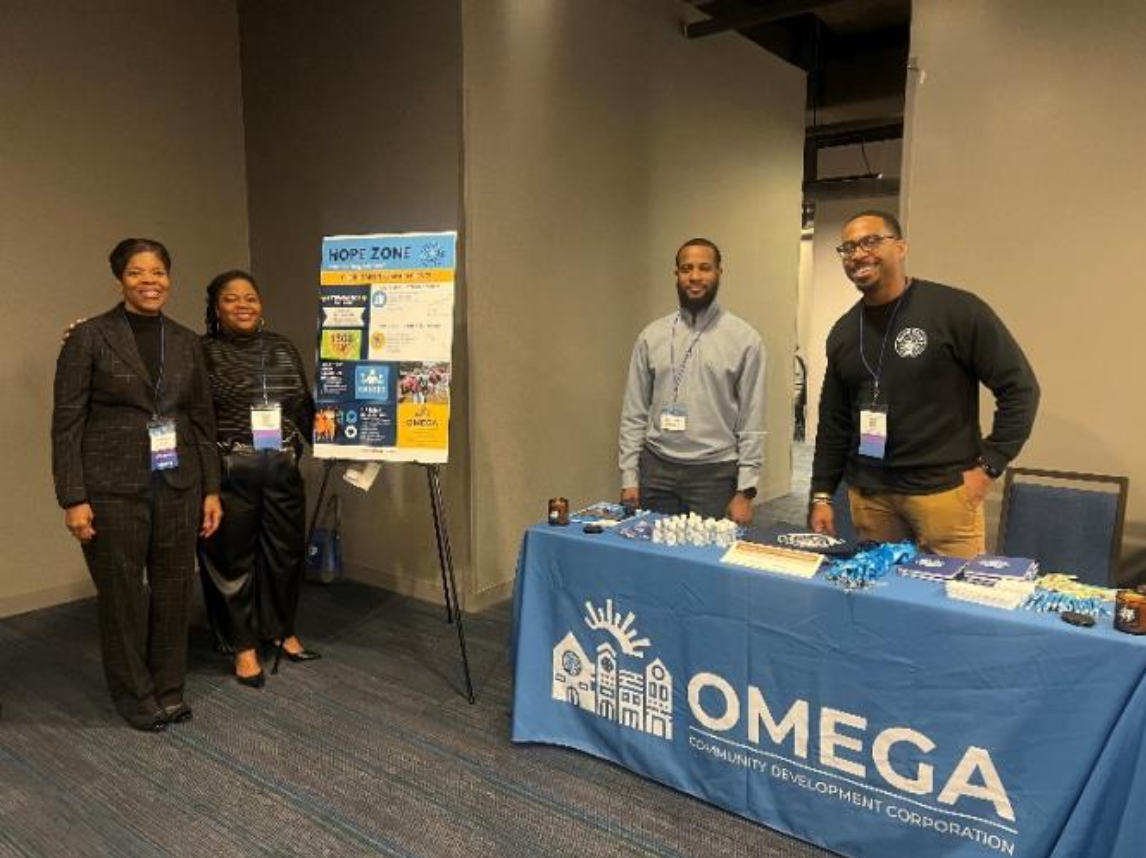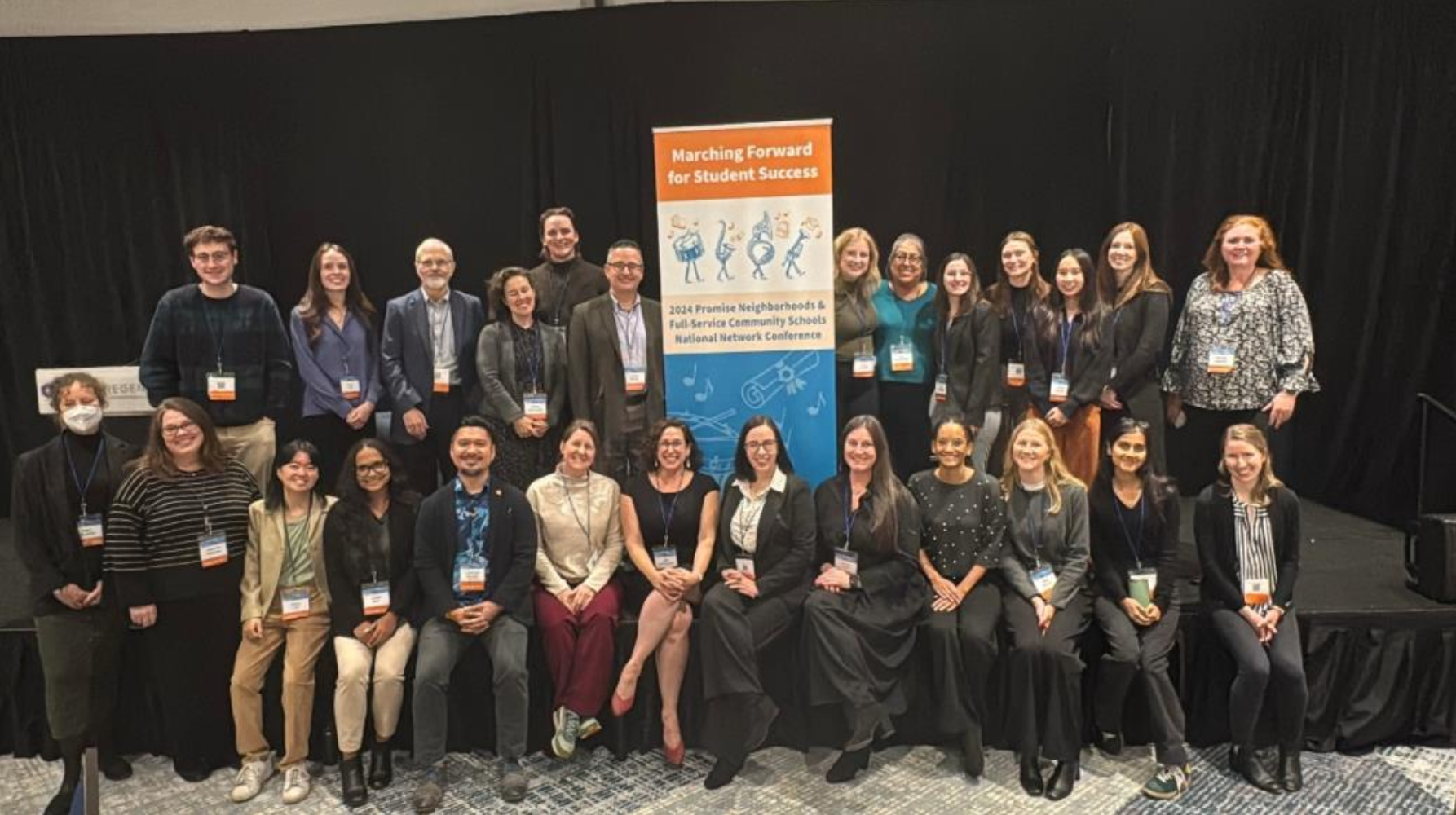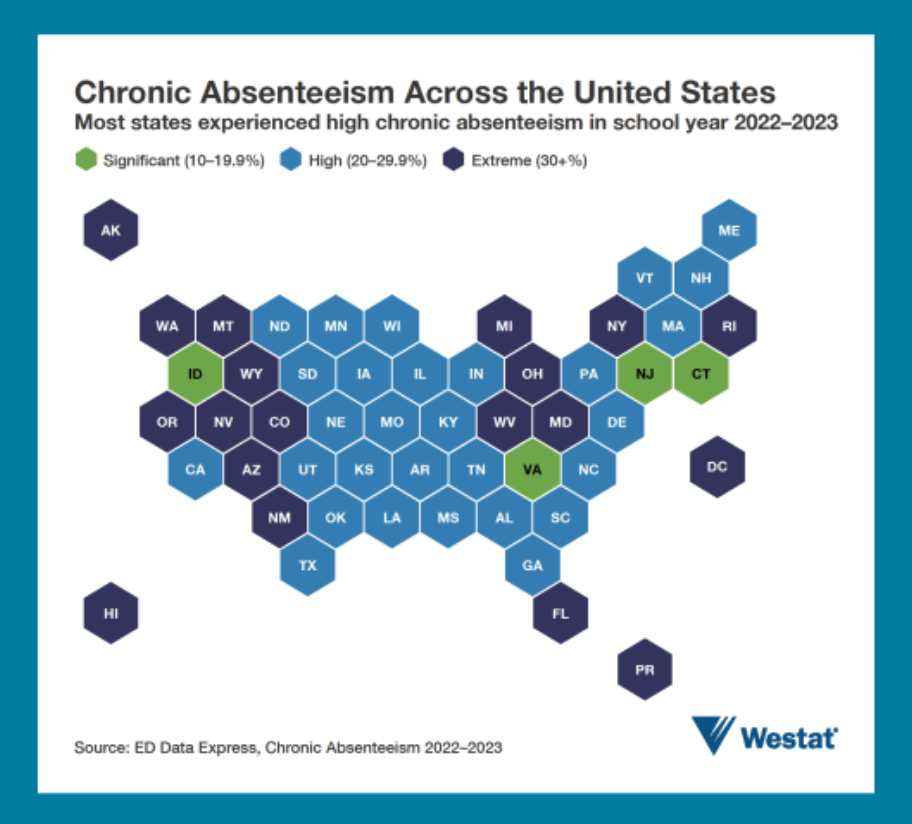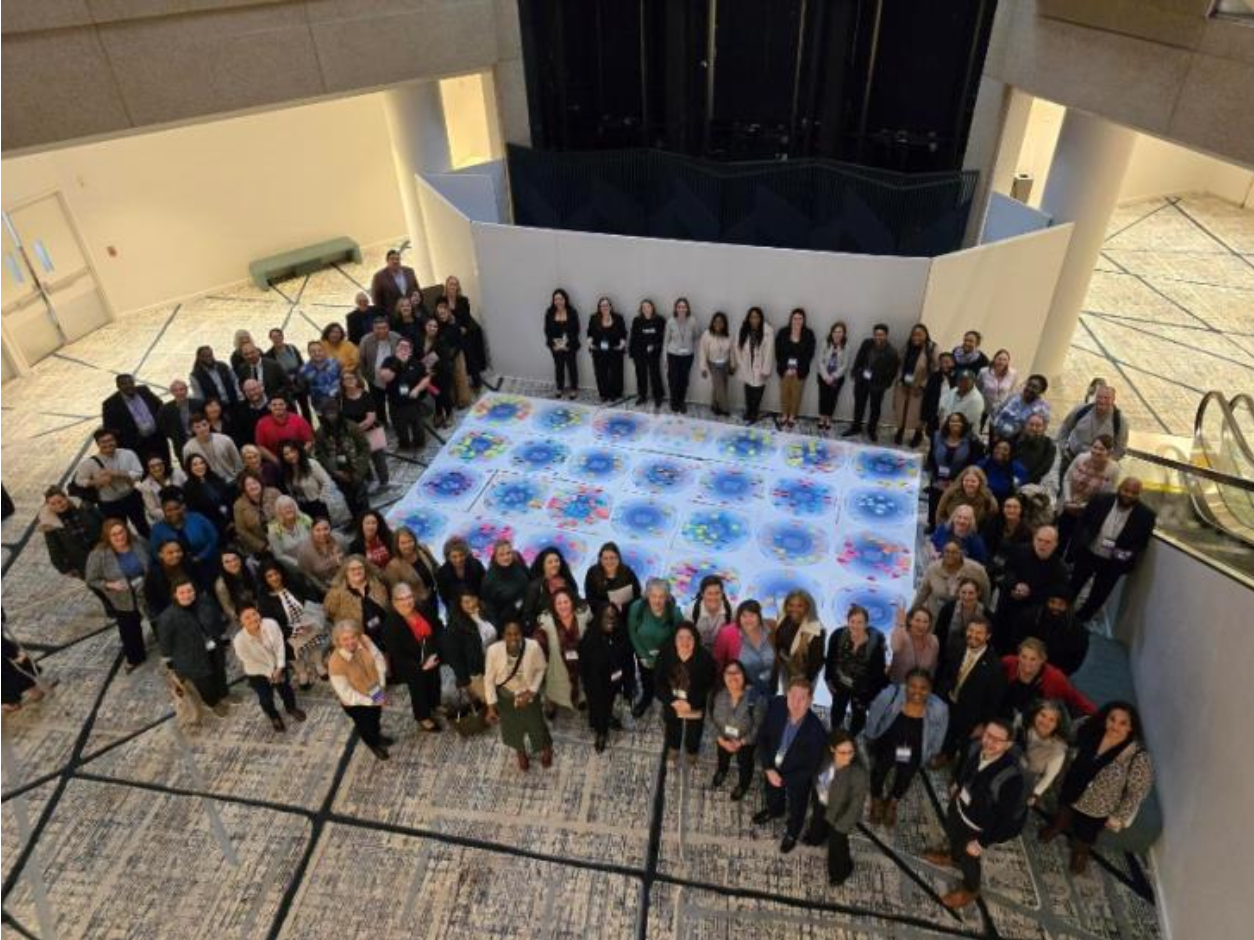Marching Forward for Student Success: National Conference for Place-Based Initiatives
Written by: Jenny Nguyen | Published: 04/14/2025

The Hope Zone Promise Neighborhoods team (Vanessa Ward, Rachel Ward, Jonathan Williams, and Sean Freeman) proudly represents Dayton, Ohio and the Omega Community Development Corporation during the Neighborhood Walk.
Photo Credit: Westat
Westat, the technical assistance provider for Promise Neighborhoods grantees, in collaboration with the U.S. Department of Education, hosted the 2024 Promise Neighborhoods and Full-Service Community Schools National Network Conference in Arlington, Virginia. The conference welcomed over 500 professionals from across the nation with the theme, Marching Forward for Student Success. The annual event provided a platform for sharing best practices, creating connections, and collaboratively tackling challenges. With lessons learned and connections made, participants are positioned to implement best practices that could enhance student success in 2025 and beyond.
With 22 Promise Neighborhoods and 93 Full-Service Community Schools grantees in attendance, participants gathered to share insights and learn collaboratively. Sean Freeman, the manager of the Hope Zone Promise Neighborhood, expressed the enthusiasm of attendees, stating, “Just being able to problem solve with [other Promise Neighborhoods] is great, especially in the in-person conference, where we have breakout sessions where we’re able to talk to other grantees and problem solve in real time, it’s awesome!”
Harmonizing Efforts for Conference Success

Westat and partners from Urban Institute, Clear Impact, and Tribal Tech pose for a group photo at the end of a successful conference.
Photo Credit: Westat
Grantees led most of the 27 breakout sessions which showcased topics, trends, and best practices relevant to their field. These sessions addressed cradle-to-career support systems, sustaining results beyond the grant period of performance, data analysis and evaluation, and family engagement. Experts from Westat’s Promise Training and Technical Assistance team collaborated with partners at Urban Institute, along with grantees and speakers, to bring the sessions to life. Grantees and external experts shared their knowledge while session coordinators collaborated with them to ensure that speakers incorporated engagement strategies and provided necessary materials. The conference also included opening and closing plenaries, a Neighborhood Walk, a Regional Rally, and five Affinity Group sessions.
A Buzz of Ideas at the Neighborhood Walk

Map of the United States with chronic absenteeism rates in each state.
Photo Credit: Westat
During the Neighborhood Walk, grantees shared data and stories about how they address attendance and chronic absenteeism-a critical challenge in communities nationwide. With over 70 interactive displays, the Walk supported networking and the exchange of effective strategies. “The Neighborhood Walk was buzzing,” shared Kristen Pugh, 2024 conference manager and research associate at Westat. “Seeing the energy and hearing the conversations gave me chills.” This vibrant exchange of ideas and experiences emphasized the collective commitment to improving student attendance.
Banding Together for Statewide Collaboration

After the Regional Rally, grantees gathered around their posters mapping statewide assets.
Photo Credit: Westat
The Regional Rally brought grantees together in four regional groups—Midwest, Northeast, Southern, and Western-to discuss shared challenges and successful strategies, initiatives, partnerships, and policies within their region. The session began with a rallying call that filled the room with energy and collaborative spirit. Participants then gathered in state specific groups to identify actions they could take at the state level to enhance collaboration and explore potential partnerships that could help achieve their goals as part of a statewide asset mapping activity.
This conference wasn't just an opportunity for dialogue; it was a celebration of collective progress and a commitment to enhancing student success nationwide.
Learn More About Our Work and Impact
- Promise Neighborhoods GPRA Data and Results
- Making the Case for Promise Neighborhoods
- Knox Promise Neighborhood: Attend Today – Achieve Tomorrow
- Deer Creek Promise Community’s Early Learning Programs: Setting the State for Lifelong Success
- COVID-19 Response and Recovery in Promise Neighborhoods 2020-2022